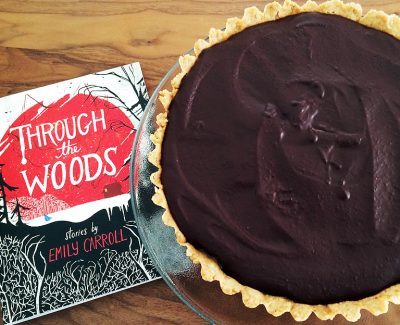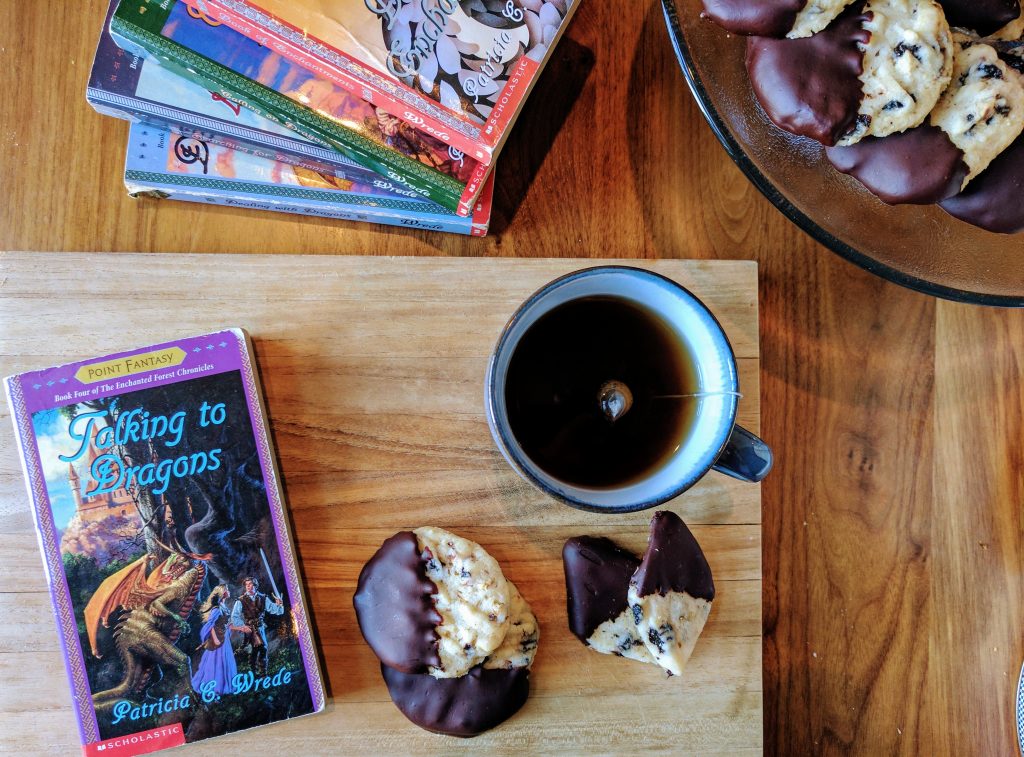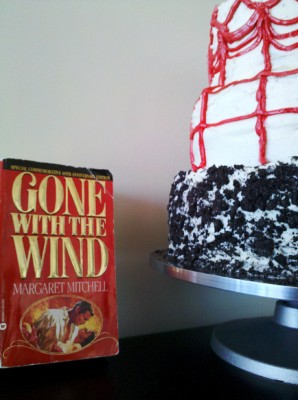Reviewer: Kakaner
Date read: 12.31.2017
Book from: Bookstore browse session
An Obedient Father is a harrowing story of a rather run-of-the-mill moneyman Ram, a middle rung manager within a governmental structure, corrupt and unambitious, who repeatedly molested and raped his daughter when she was pre-pubescent, and now finds circumstances forcing her and his granddaughter to live with him again.
Generally, I thought this was a rather successful first novel– the premise and backstory felt kind of contrived and heavy-handed but the emotional exploration was well done. However, I hesitate to ever label any story of sexual wrongdoing as heavy-handed or unrealistic because I only have reason to believe that fiction has happened many times over, and reality is worse than fiction. I feel it is my duty to consider these kinds of stories seriously.
I was immediately overcome with the horror of seeing the emotional journey of a family ripped apart by this kind of tragedy from the perpetrator’s perspective. Ram is very much simply a product of his culture and context, and I think one takeaway from the novel is that it’s very hard to engineer and live by your own moral compass when there is no external impetus for doing so. Of course, a lot of this lack of impetus is entrenched in the darker aspects of Indian culture and the patriarchy. I was struck by the helplessness of both sides of the act– the daughter Anita and the father Ram, but especially how weak Ram was, fixating on his inability to control himself despite hating himself for what he was doing. Sharma manages to immediately elicit sympathy for Ram without ever being apologetic for him, a tricky act to pull off. The whole journey was just this incredibly strange crumbling and dismantling of the health of a family while the distributions of love, privilege, progressiveness, greed, and justice shifted within the family. Finally, it’s a painful, cautionary highlighting of the belief that no one is going to look out for you, that stigma and society can be thicker than blood.








